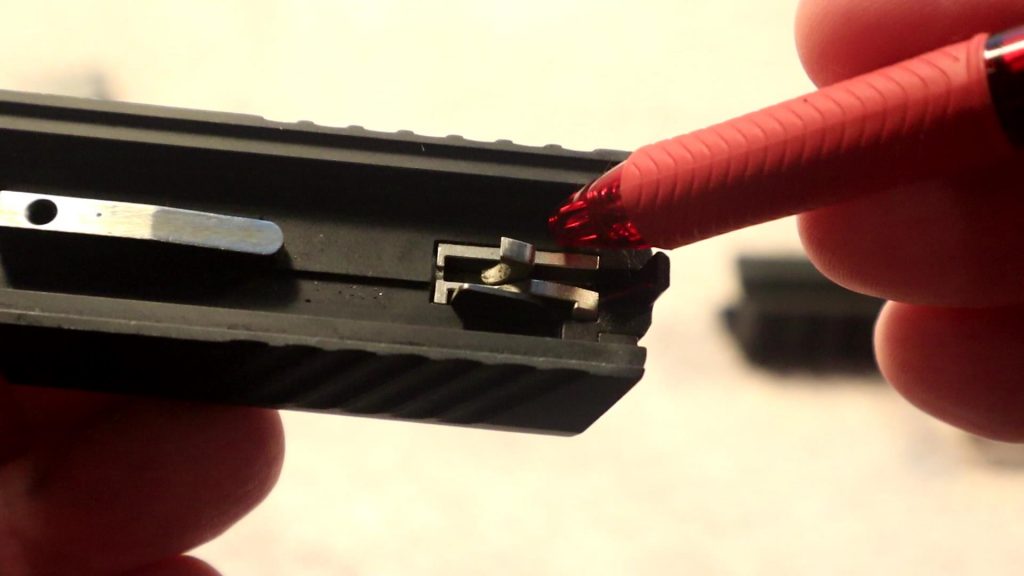The Sig Sauer P320 is a popular firearm in the concealed carry market with a version of the pistol becoming the new side arm for the U.S. Army. Several police departments across the country have also adopted the Sig as their standard issue side arm as well. Sig P320 failures created controversy after a drop safety issue was reported causing Sig to make changes to the design.
Since the drop safe issue was discovered and changes to the design made, the Sig P320 has remained a controversial pistol with several reports of the gun firing without the trigger being pressed. There has been lawsuits filed against the company by federal agents as well as some police officers claiming the gun discharged in its holster.
As someone who owns a Sig P320, I wanted to know if the gun is safe to carry and previously wrote an article on this issue. After the announcement about the latest lawsuit against Sig Sauer by a Florida detective shot by her own holstered gun, I decided to investigate the issue further.
After taking my gun apart and inspecting each of the components in an attempt to identify the cause of the Sig P320 failures that have been reported, the issue became quite clear. It will require it would require multiple P320 failures in different components to happen before the pistol can fire uncommanded.
Firing Pin Block prevents the firing pin from hitting primer
The firing pin in any firearm is the main component responsible for firing the cartridge. It is released by the fire control system components and strikes the primer of the round igniting the powder inside the cartridge which sends the projectile out the end of the barrel. Controlling the movement of the firing pin is a critical aspect of ensuring a firearm will not fire unintentionally.
I removed the slide to inspect the firing pin and all of the safety components related to it. I pressed the firing pin forward in an attempt to make it extend past the breach face of the slide. A round will not fire unless the firing pin strikes the primer after traveling past the breach face first.
A major component that prevents the firing pin from moving forward is the firing pin block. The firing pin will not go through the breach face unless you disengage the firing pin block first. The firing pin block is a physical barrier that keeps the firing pin from traveling forward.

The firing pin block is moved out of the way by the Sig fire control module as the trigger is being pressed. The take up of the trigger you feel as you press is the fire control module moving the firing pin block out of the way. However, the firing pin still will not move forward without the firing pin sear being released next.
Sig P320 has a primary and secondary Firing Pin Sear
The steps involved in making the gun fire is as you press the trigger, the fire control group releases the firing pin block completely, leaving only the firing pin sear holding the firing pin back from striking the cartridge. The wall you feel as you press the trigger is the point the fire control group begins to release the sear.
Another component related to the firing pin sear is the out of battery disconnector which will keep the sear and the firing pin block release from moving if the slide is not in the correct position.
The P320 has a primary and a secondary sear that keeps the firing pin from moving forward. The secondary sear is intended to catch the firing pin in the event of the primary sear failing. If something happened that caused the primary sear to release the firing pin, the secondary firing pin sear would catch the firing pin. The firing pin sear cannot move without the trigger being pressed.
The Sig P320 failures would need to be numerous for it to fire in its holster. It cannot fire unless multiple components fail at the same time. If they were firing without the trigger being pressed because of a component failure there would be clear evidence showing those failures.
If you own a Sig P320 and carry it in a quality holster that covers the trigger guard completely you shouldn’t have any issues if you follow safe firearm handling techniques.